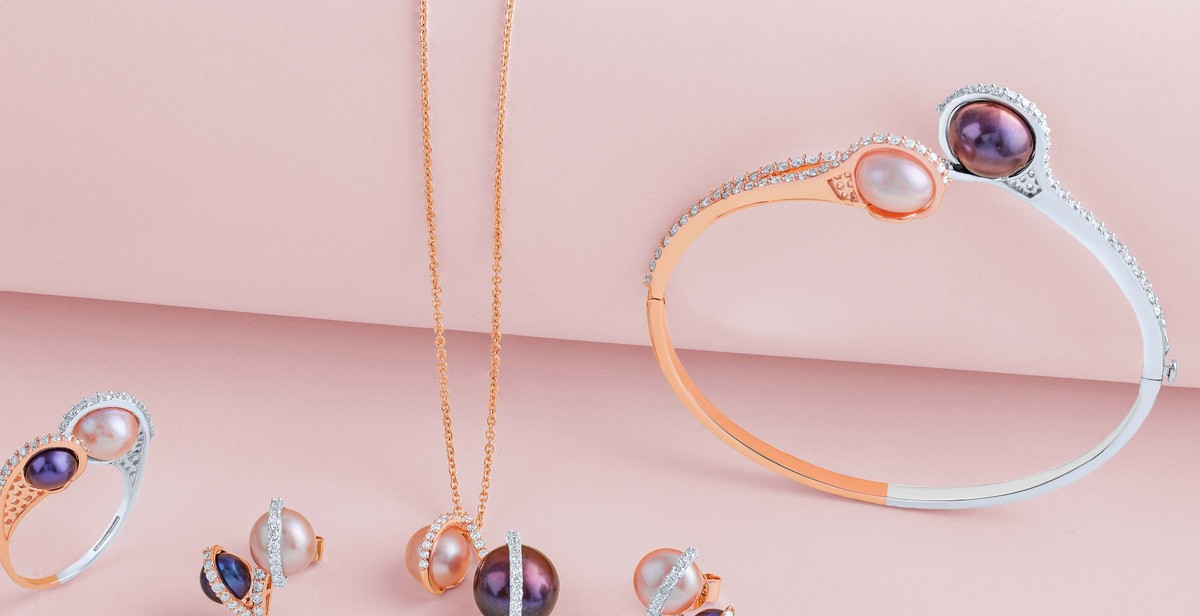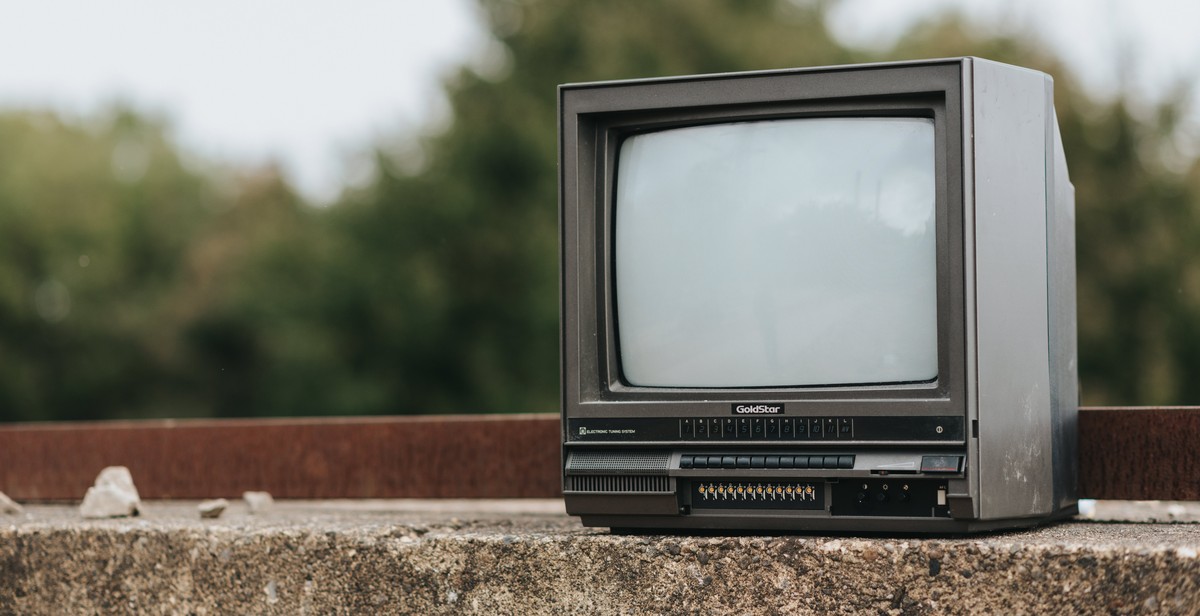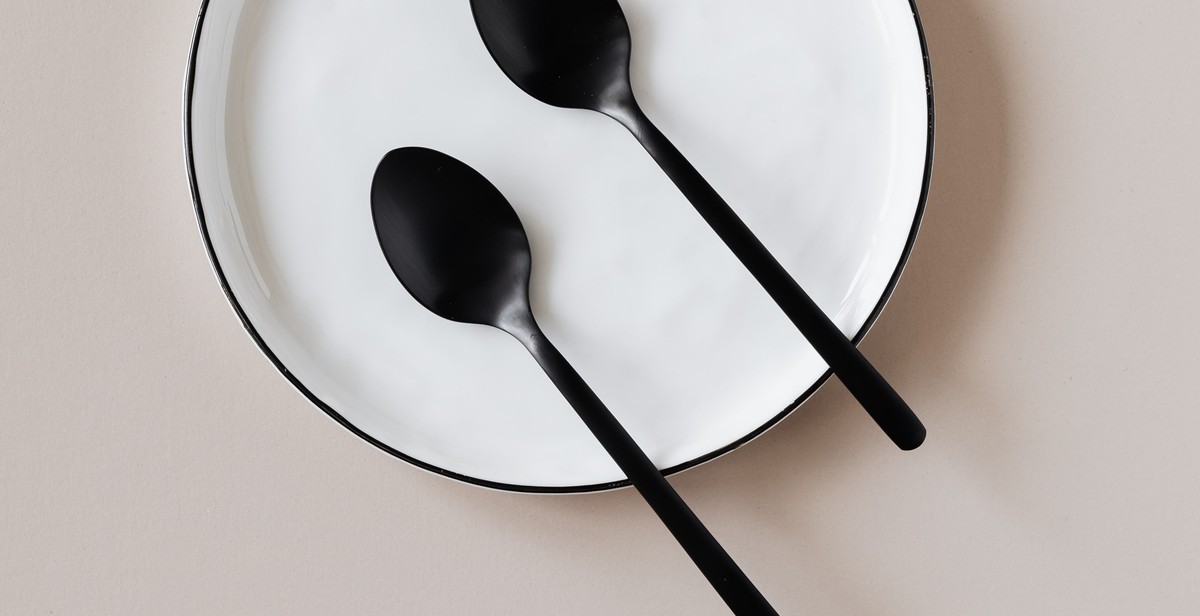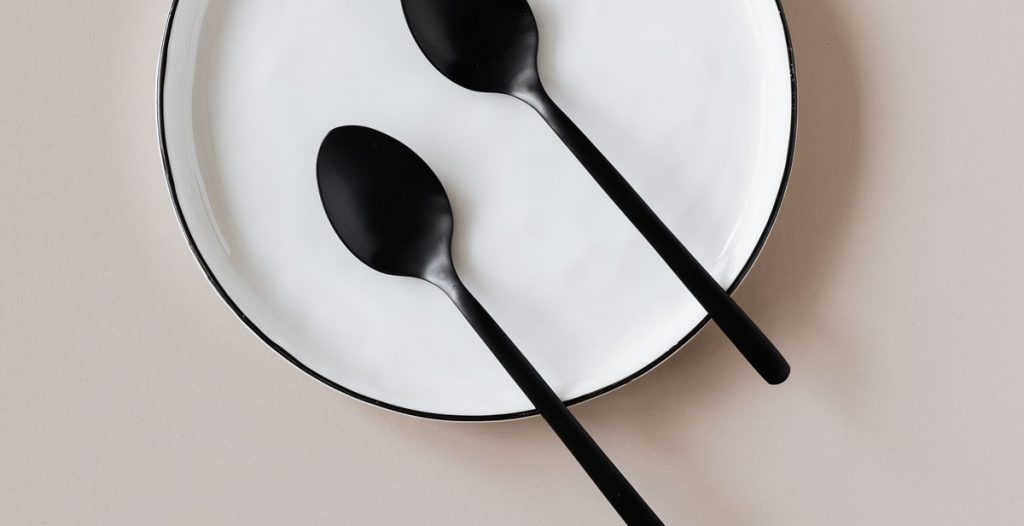What is a diamond pavé setting and how is it different from a channel setting?
If you’re in the market for a diamond ring, you may have come across the terms “pavé setting” and “channel setting.” Both are popular choices for diamond engagement rings and other jewelry, but what exactly do they mean?
What is a diamond pavé setting?
A diamond pavé setting is a technique where small diamonds are set closely together, covering the entire surface of the metal band. The diamonds are held in place by tiny prongs or beads, which are barely visible, creating the illusion that the diamonds are floating on the surface of the metal.
What is a channel setting?
A channel setting is a technique where diamonds are set into a groove or channel in the metal band. The diamonds are held in place by the metal on either side of the groove, creating a smooth and seamless look.
The difference between a diamond pavé setting and a channel setting
The main difference between a diamond pavé setting and a channel setting is the way the diamonds are held in place. In a pavé setting, the diamonds are held in place by small prongs or beads, while in a channel setting, the diamonds are held in place by the metal on either side of the groove.
- A pavé setting creates a more textured and sparkly look, as the diamonds are set closely together and reflect light from all angles.
- A channel setting creates a more streamlined and modern look, as the diamonds are set into a groove and sit flush with the metal.
Ultimately, the choice between a pavé setting and a channel setting comes down to personal preference and the style of the jewelry. Both techniques can create stunning and unique pieces that will last a lifetime.

What is a diamond pavé setting?
A diamond pavé setting is a type of setting used in jewelry design that involves setting small diamonds closely together in a metal surface. The term “pavé” comes from the French word for “paved,” and refers to the way the diamonds are set in a manner that resembles a cobblestone street. The diamonds are held in place by tiny prongs or beads, which are barely visible and allow the diamonds to sparkle and shine.
Types of diamond pavé setting
There are several types of diamond pavé settings, including:
- Full pavé: In a full pavé setting, the entire surface of the metal is covered in small diamonds, creating a continuous, sparkling surface.
- Half pavé: In a half pavé setting, only half of the surface of the metal is covered in diamonds, with the other half left bare or engraved.
- Micro pavé: In a micro pavé setting, very small diamonds are set closely together, creating a delicate, lacy effect.
Pros and cons of diamond pavé setting
Like any type of jewelry setting, diamond pavé has its pros and cons. Here are a few to consider:
- Pros:
- Diamond pavé settings create a dazzling, sparkly effect that is perfect for special occasions or everyday wear.
- The small size of the diamonds used in pavé settings means that they are often more affordable than larger diamonds.
- Pavé settings can be used in a variety of jewelry designs, from engagement rings to necklaces and bracelets.
- Cons:
- Because pavé settings involve setting many small diamonds closely together, they can be more difficult to clean and maintain than other types of settings.
- The tiny prongs or beads used to hold the diamonds in place can be delicate and may require regular maintenance to ensure that the diamonds remain secure.
- If a pavé setting is damaged or a diamond falls out, it can be difficult and expensive to repair.

What is a channel setting?
A channel setting is a popular method used to secure small diamonds or gemstones in a row, as well as to enhance the beauty of the piece. The channel is a thin strip of metal that is placed between the stones to hold them in place securely. The stones are set flush with the metal, creating a smooth and seamless surface. This setting is commonly used in wedding bands and eternity rings.
Types of channel setting
Full channel setting
In a full channel setting, the stones are set into a groove that is cut into the metal band. The stones are secured by the metal on both sides, making them less likely to fall out. This type of setting is ideal for smaller stones, as it provides additional support and protection.
Half channel setting
A half channel setting is similar to a full channel setting, but the stones are only held in place on one side. This type of setting is commonly used in engagement rings and other pieces of jewelry that require larger stones.
Bar channel setting
A bar channel setting is similar to a full channel setting, but instead of a groove, a bar is used to secure the stones in place. This type of setting is commonly used in bracelets and necklaces, as it provides additional strength and durability.
Pros and cons of channel setting
Pros
- Stones are held securely in place.
- Smooth and seamless appearance.
- Provides additional support and protection for smaller stones.
- Can be used to create a variety of designs.
- Less expensive than other types of settings.
Cons
- Difficult to resize or repair.
- Can be challenging to clean and maintain.
- Stones may become loose over time and require tightening.
- Not suitable for larger stones or irregularly shaped stones.

Comparison between Diamond Pavé Setting and Channel Setting
When it comes to choosing the right setting for your diamond, there are several options to consider. Two popular choices are the diamond pavé setting and the channel setting. Here is a comparison between the two:
Appearance
- The diamond pavé setting consists of small diamonds set closely together, covering the entire surface of the metal. This creates a sparkling and shimmering effect, making the diamond appear larger and more brilliant.
- The channel setting, on the other hand, features diamonds set in a row between two strips of metal. This creates a more sleek and modern look, with the focus on the diamonds rather than the metal.
Durability
- The diamond pavé setting is less durable than the channel setting, as the small diamonds are more likely to become loose or fall out over time. However, regular maintenance and inspections can help prevent this.
- The channel setting is more durable, as the diamonds are securely held in place between two strips of metal. This makes it a good choice for those who lead an active lifestyle or work with their hands.
Cost
- The diamond pavé setting is generally less expensive than the channel setting, as it requires less metal and fewer diamonds.
- The channel setting is more expensive, as it requires more metal and diamonds to create the same effect.
Suitability for different diamond shapes
- The diamond pavé setting is suitable for almost any diamond shape, as the small diamonds can be arranged to fit any shape or size.
- The channel setting is best suited for round or square diamonds, as these shapes can be easily set in a row between the metal strips. Other shapes may require more complex arrangements.

Conclusion
Both diamond pavé and channel settings offer unique and eye-catching ways to showcase diamonds on a piece of jewelry. However, which one is better ultimately depends on personal preference and the specific design of the jewelry.
Diamond pavé settings use small diamonds placed closely together to create a sparkling, continuous surface of diamonds. This setting is ideal for those who want maximum diamond sparkle and a more intricate design. On the other hand, channel settings use larger diamonds set into a groove, creating a sleek and modern look. This setting is ideal for those who want a clean and minimalist design.
Final Thoughts
When choosing between a diamond pavé and channel setting, it is important to consider the style and purpose of the jewelry piece. Both settings can be stunning in their own right and can elevate the overall look of a piece of jewelry. It is recommended to consult with a professional jeweler to determine which setting would be best suited for your specific needs and preferences.
- Consider the design of the jewelry piece
- Think about the purpose of the jewelry piece
- Consult with a professional jeweler
Overall, both diamond pavé and channel settings are beautiful and unique ways to showcase diamonds on a piece of jewelry. The choice ultimately comes down to personal preference and the specific needs of the wearer.

